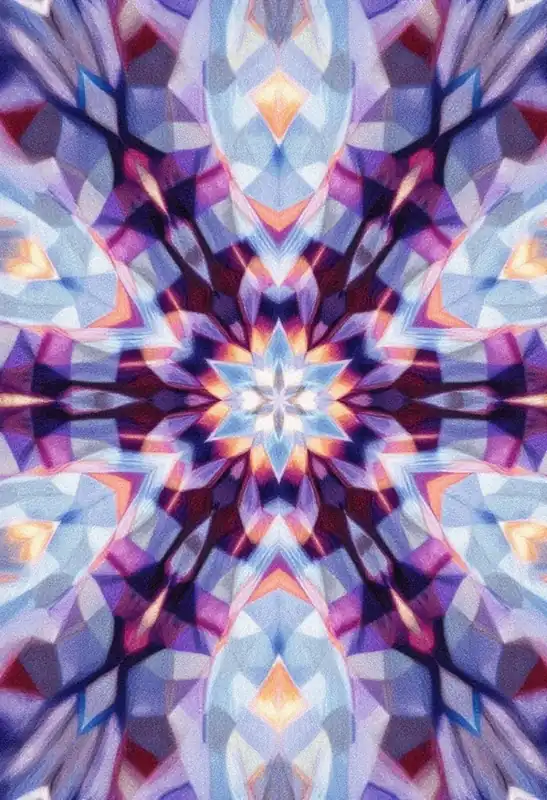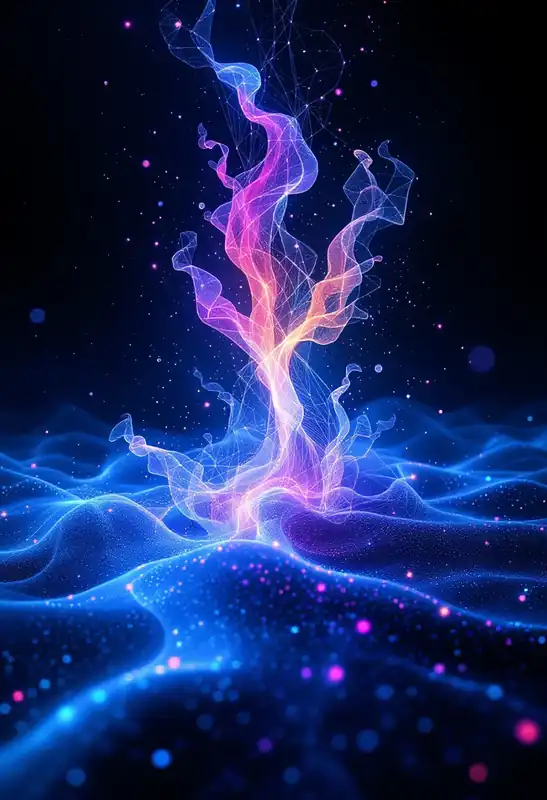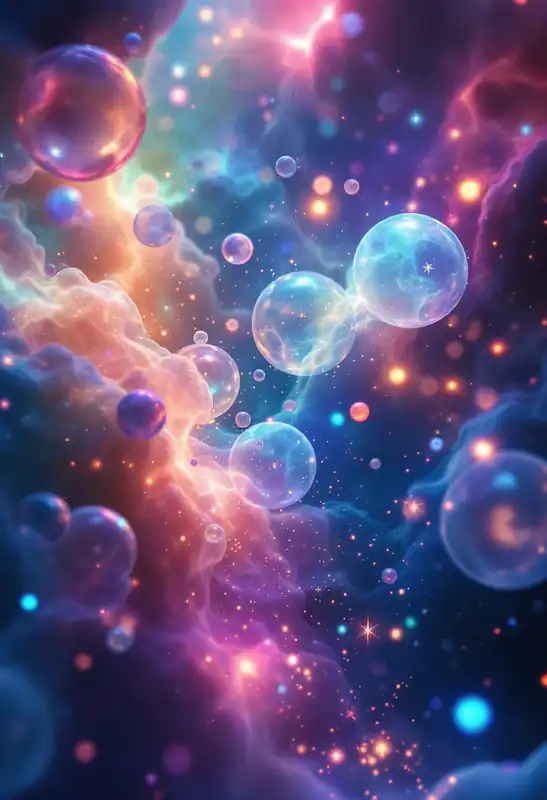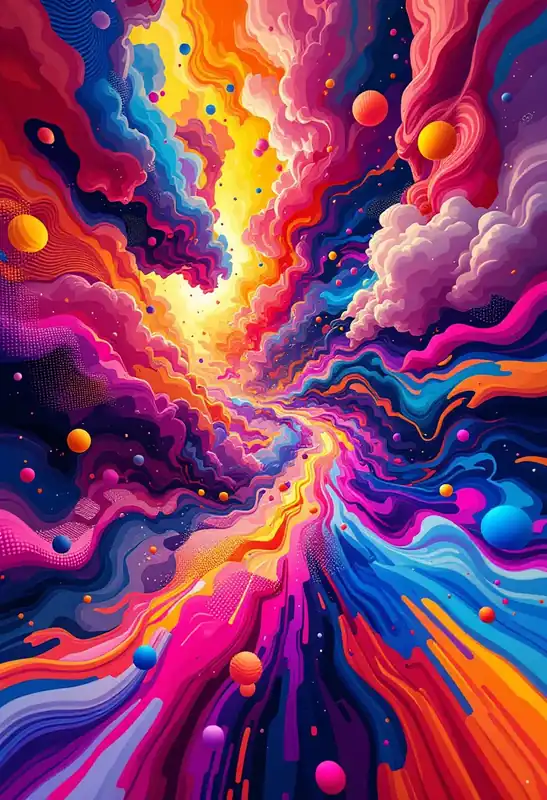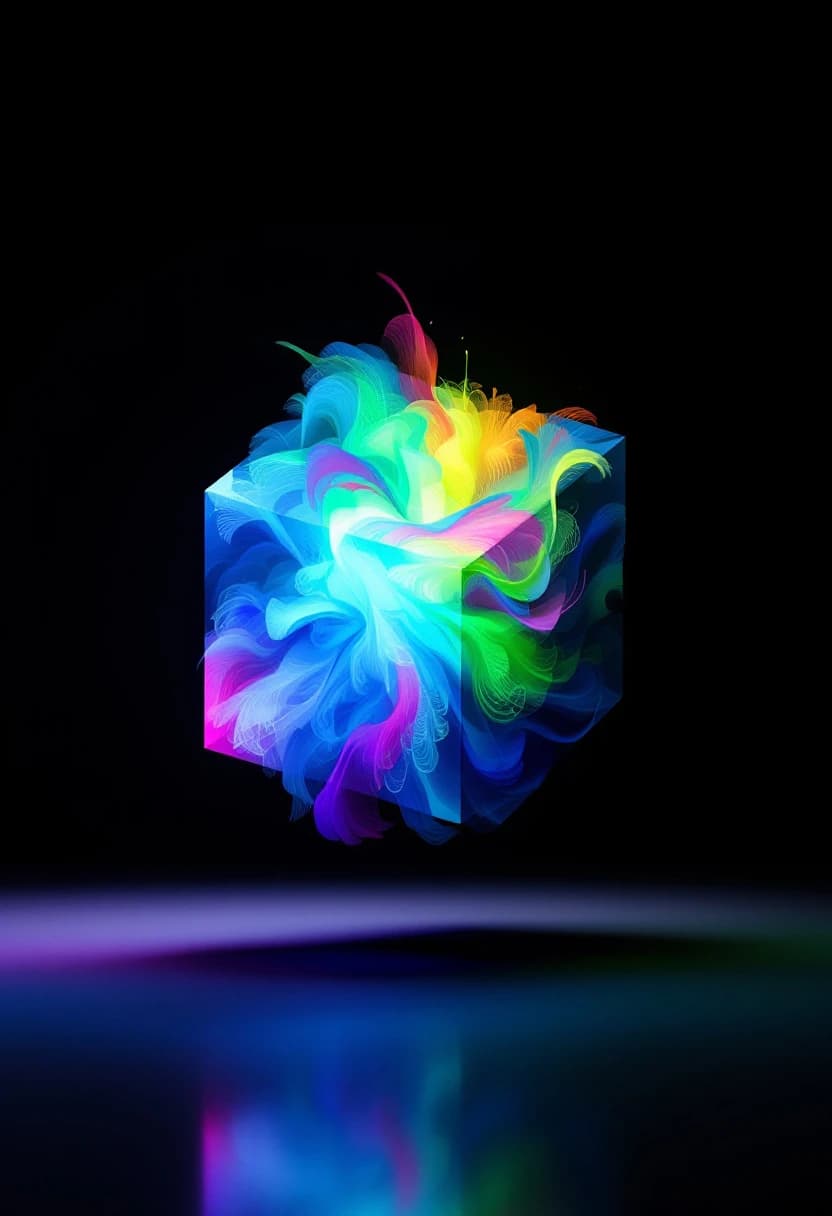
Image-to-Video Model
Transforms static images into dynamic videos by using advanced AI algorithms to generate plausible temporal information.
Image-to-Video models convert still images into moving sequences by predicting and synthesizing motion and temporal dynamics that can naturally transform a single frame into a convincing video. These models leverage techniques from AI and ML, such as Generative Adversarial Networks (GANs) and variational methods, to fill in temporal gaps by learning patterns from vast datasets of paired images and videos. This capability is significant in fields like content creation, film post-production, and visual effects, allowing for the creation of realistic animations and enhancing virtual reality experiences by adding depth and motion to otherwise static scenes.
The concept of using AI to generate video content from images began to gain traction in the mid-2010s with advances in deep learning, specifically GANs, which were introduced by Ian Goodfellow in 2014. However, it wasn't until the late 2010s that practical applications and more sophisticated models appeared as computational power and algorithm improvements gained.
Ian Goodfellow and his introduction of GANs stand as a pivotal contribution to the development of Image-to-Video models. Additionally, contributions from research groups at universities such as Stanford, the University of California, and companies like Google DeepMind have been instrumental in refining these models and exploring their potential applications.
